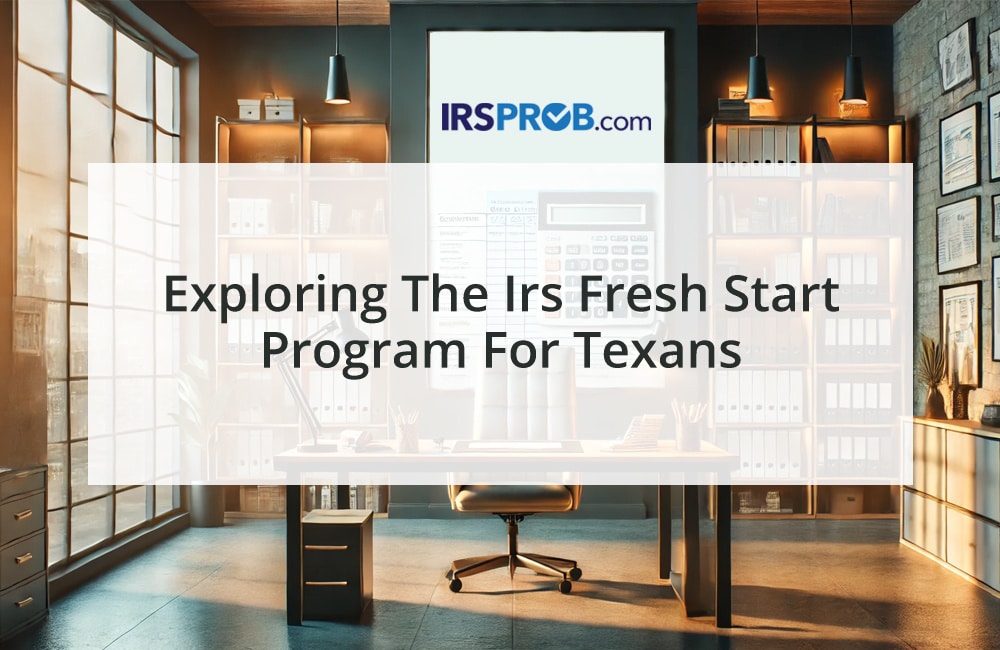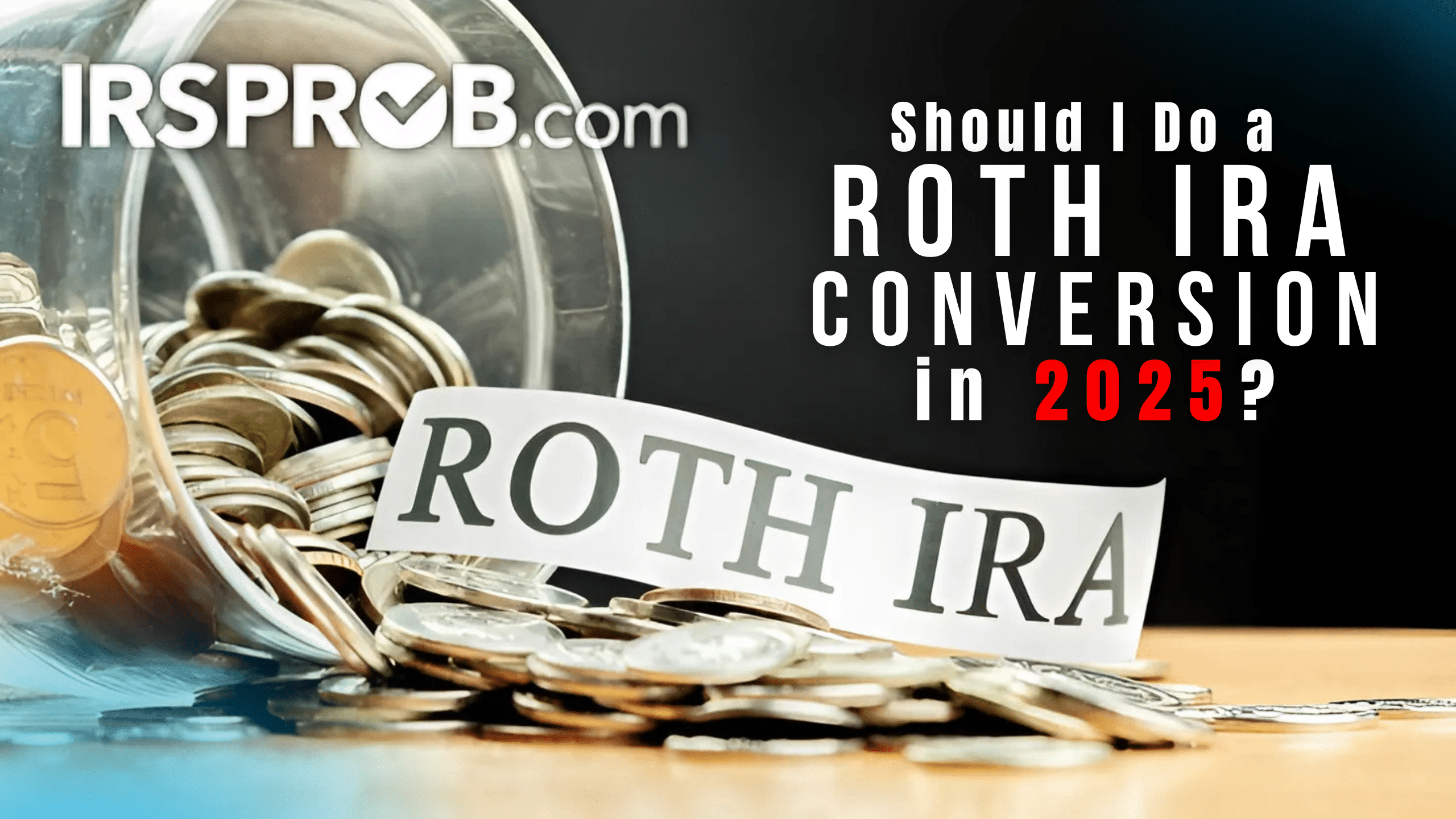
As a business owner, you may not immediately think about Social Security benefits when it comes to tax planning. However, understanding the tax implications of Social Security benefits can be crucial, especially as you or your employees near retirement age. For those receiving benefits while still generating income from a business or other investments, it’s important to know how these benefits might be taxed.
What Makes Social Security Benefits Taxable?
Your Social Security benefits can become taxable if you have enough additional income from other sources. This can include:
- Wages or self-employment income from your business.
- Pension distributions, 401(k) withdrawals, or IRA distributions.
- Interest, dividends, and other investment income.
The IRS uses a specific formula to determine whether your benefits are taxable. They compare your base amount to the total of:
- One-half of your Social Security benefits, plus
- All other income, including tax-exempt interest.
Importantly, certain exclusions, such as foreign earned income, qualified U.S. savings bond interest, and adoption benefits, are not factored into this calculation.
Taxable Income Thresholds for Social Security
Whether your Social Security benefits are taxable depends on your filing status and your overall income. Here are the base amounts for each filing status:
- Single, Head of Household, or Qualifying Surviving Spouse: $25,000
- Married Filing Jointly: $32,000
- Married Filing Separately: $0 (if you lived with your spouse at any time during the year)
For example, if you’re married and filing jointly with your spouse, and your combined income (including one-half of your Social Security benefits) exceeds $32,000, some portion of your benefits will be taxable. The higher your income, the greater the percentage of your benefits that will be taxed, up to a maximum of 85%.
Tax Planning Strategies for Business Owners
If you’re a business owner, managing your taxable income is key to reducing the taxability of your Social Security benefits. Here are a few strategies to consider:
- Roth Conversions: If you anticipate higher taxable income in the future, converting a traditional IRA to a Roth IRA could be a smart move. Since Roth distributions are generally tax-free, they won’t count as income when determining the taxability of your Social Security benefits.
- Investment Reallocation: Reallocating investments that generate taxable income (such as interest and dividends) to those that generate capital gains may reduce your taxable income. For example, investing in U.S. Series EE and I bonds defers interest income until they are cashed out, reducing your taxable income in the current year.
- Nonqualified Annuities: Earnings on nonqualified annuities are tax-deferred until the investment is cashed in. Unlike traditional annuities, there is no annual contribution limit, making them a flexible option for managing income.
- Real Estate Investments: By shifting investments from mutual funds or stocks to real estate or other assets that generate capital gains rather than taxable income, you can minimize the amount of Social Security benefits subject to tax.
Maximizing Tax Benefits: Practical Considerations
Business owners should also consider the timing of withdrawals from retirement accounts. Careful planning to avoid large distributions in any given year can help keep Social Security benefits below the taxable threshold. Additionally, taking advantage of business deductions, such as equipment purchases or hiring certain workers, may further reduce your taxable income, leaving more of your Social Security benefits untaxed.
Example Scenario
Consider John and Betty, a married couple. John receives $7,500 in Social Security benefits, while Betty receives $3,500. Their combined income from pensions and interest is $22,500. When they add half of their Social Security benefits to their other income, they reach $28,000, which is below the $32,000 threshold for married couples. In this case, none of their Social Security benefits are taxable. However, if their income were higher (e.g., $37,500), some of their benefits would be subject to tax.
Takeaway for Business Owners
As a business owner, it’s critical to stay on top of your tax situation, especially as retirement approaches. The taxability of Social Security benefits depends on your overall income, but there are several planning strategies to help minimize your tax liability. Reallocating investments, careful planning of IRA distributions, and taking advantage of available tax deductions can help you reduce the tax impact on your Social Security benefits and keep more money in your pocket.
If you need help navigating the taxability of Social Security benefits or developing a comprehensive tax strategy, consult a professional tax advisor to make the most informed decisions for your financial future.









